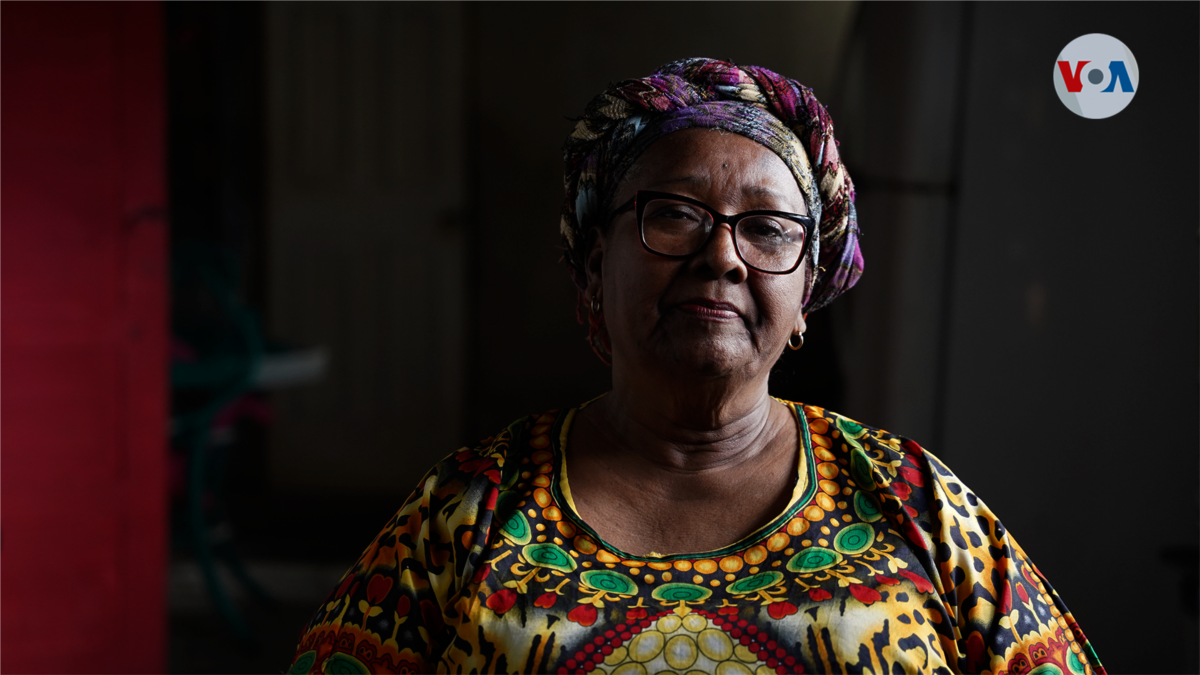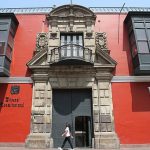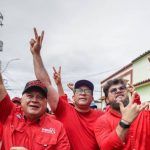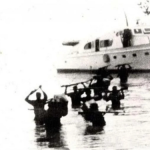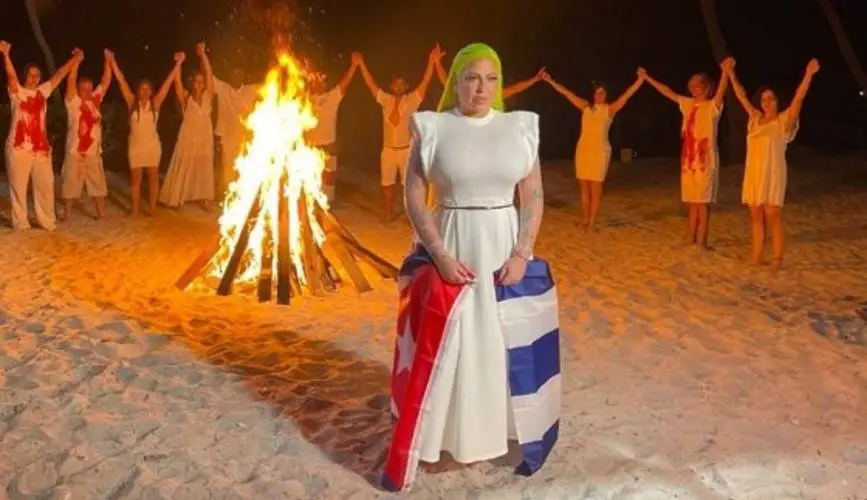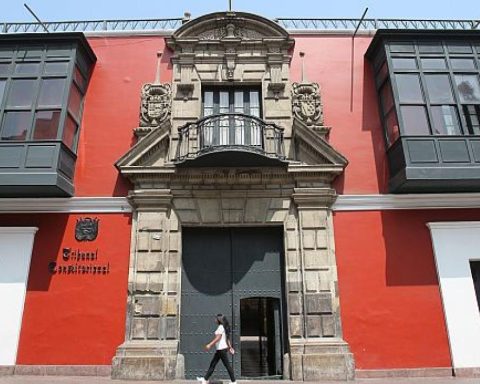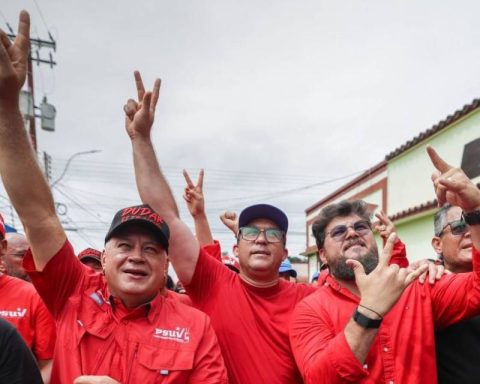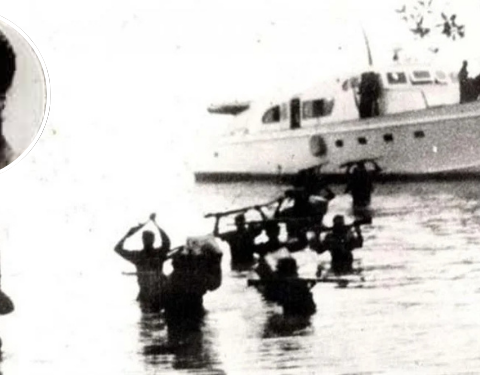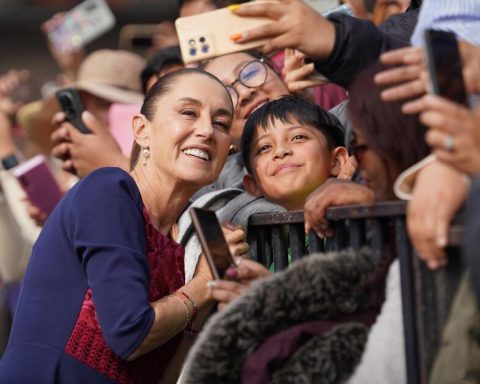Susana Cunningham, or “Mama Grande”, saw a contingent made up of at least eighty police officers arrive who broke into the house where she was staying on the night of January 2017, while she was participating in a religious event along with other Miskito community members.
“Who are you looking for?” recalls this Miskito leader who asked the police officers.
“We’ve come to see what you’re doing here,” they answered.
“Who accuses me?” he asked again.
—The State, they answered.
Although they did not arrest her, the house located in Managua where she was located was raided for several hours. “That type of siege paralyzes you, gives you tachycardia, sugar changes… and they have done it to me several times on different occasions and it has reached the point where I could not resist being at home, calm down, because I do not hurt it to nobody”.
Cunningham, 76, attributes the persecution against her to a reprisal by the government of Daniel Ortega for her activism in favor of indigenous and Afro-descendant communities that she has been carrying out since the 1980s. She says that the siege on her intensified during the political crisis of 2018.
That’s why – he explained to the Voice of America- He decided to put an end to those distressing moments on December 23, 2021 when he decided to leave Nicaragua by sidewalks.
“It was difficult,” he recalls.
Cunningham, or big mom, is defined as an indigenous leader and is originally from Waspán, a municipality in the Autonomous Region of the North Caribbean Coast of Nicaragua, where the majority of its inhabitants speak their own language, Miskito.
big mom, as they usually say in your community, He says that the road he traveled when leaving Nicaragua “was very far away” and he fainted three times. “I couldn’t walk anymore, but we wanted to enter this land to be able to take care of our health and, at least, sleep a bit in peace because in our houses we couldn’t have that peace and security because they always besieged us, persecuted us, there were always eyes that looked at us.
Living in exile, he says, has been very difficult. She spends her days living in a small room that she found in a hamlet located in La Carpio, a settlement located in San José, Costa Rica, which was founded in 1993 in great majority by foreigners.
His face looks cracked and exhausted. She recounts that they recently rearranged the room to make room for a new member of the family, who, like her, recently left Nicaragua fleeing the political crisis.
See also: “Dam I felt freer”
Counting her children and grandchildren, a total of five people sleep next to her in the room. In the house there are about 20 more exiled families who are in overcrowded conditions. Each one rents a small space.
According to the Miskito activist, at least 300 more families of this ethnic group have moved to Costa Rica in the last five years just like her.
But according to a report issued by the Center for Justice and Human Rights of the Atlantic Coast of Nicaragua (CEJUDHCAN) there are more than 1,000 indigenous people who have been forcibly displaced to other border communities, especially with Honduras.
The Nicaraguan government did not respond to a request for comment from the VOA on the complaints of organizations against them.
The Ortega government maintains in international forums that it is advancing in the defense of indigenous peoples and the restitution of their rights. On April 21, the Nicaraguan ambassador to the UN, Jaime Hermida, said that in the country “pride of ethnic roots is promoted in all areas.”
The CEJUDHCAN report also indicates that the Nicaraguan authorities have ignored the armed conflicts in indigenous communities that has left at least 49 indigenous people murdered between 2011 and 2020.
The United Nations Office has ruled on multiple occasions about the persecution against indigenous communities that have been displaced due to persecution on their lands.
In February 2020, a UN report regretted the repeated attacks against indigenous peoples in Nicaragua, as well as the lack of protection of their rights and the impunity for crimes committed against them.
“Currently, 31% of the national territory is home to indigenous and Afro-descendant peoples. Although the Nicaraguan State has granted them rights to their ancestral lands, they continue to face challenges and pressures due to recurring invasions by settlers,” said the report.
The UN in its report alludes to the settlers as armed groups that seek to force indigenous communities to leave their ancestral homes to use their lands and carry out activities such as illegal logging and cattle grazing.
Since February 2020, the Office of the High Commissioner has urged the Nicaraguan authorities to fully and independently and impartially investigate all reported violations against indigenous communities and prosecute those responsible.
Official data records 23 indigenous and Afro-descendant territories in the country. According to him VIII Population Census carried out in 2005, the Central American nation is home to 120,817 Miskitos.
Becky McCrea, a lawyer who for years has worked as a defender of indigenous territories in Nicaragua, attributes the massive departure of the Miskitos and other ethnic groups to the invasion of non-indigenous people or settlers who dispossessed them of their lands. She says that part is the responsibility of the State that does not stop the invasion.
Experts evaluate climate change among the reasons that cause the displacement of indigenous people. They cite, for example, the two hurricanes that hit the Autonomous Region of the North Caribbean Coast (RACCN) in 2020, with a difference of 15 days: Eta and Iota.
Also read: Why is the impact of hurricanes in Nicaragua recurring?
The lawyer McCrea assures that the persecution against the Miskitos intensified after the political crisis began in 2018.
“This marked a before and after,” he says.
And he directly cites the persecution against the indigenous people on Rama Kay, an island or key located in Bluefields, in the southern Caribbean of Nicaragua, where the Ortega government set up a police station.
“There has been a Police station since 2019 and that has been very difficult for the locals to get used to that State system because traditionally the communities are used to living under their own traditional system that consists of self-care,” McCrea explains.
Among the novelties that the police station has brought is that the residents are obliged to request permits to be able to hold events in churches or individuals, such as birthdays, weddings and other family celebrations.
“It’s something new for our communities,” he adds.
In April, the Nicaraguan ambassador to the UN said that the lands of the indigenous communities of the Nicaraguan Caribbean Coast have special protection, and are “unseizable, imprescriptible and non-transferable, which is equivalent to 38,434.81 km², corresponding to 30% of the national territory approximately”.
Hoping to return to Nicaragua
More than a million Nicaraguans live in Costa Rica, according to official figures. Between 2018 and 2022, around 200,000 refugee applications from Nicaraguans had accumulated. So far some 50,000 people have already scheduled an appointment and are waiting to formalize the request.
However, most of the indigenous people consulted for this report, especially the Miskito community, hope to return to their lands once the factors that forced their displacement cease to exist.
“I don’t get used to being outside, our food as a Miskito is hard to find in Costa Rica and it’s also another country where they have their own language,” said Sinforosa Devis Labonte, a Miskito while handing out bread. coconut and a typical drink of their culture
“We will return to Nicaragua one day,” he concludes.
Connect with the Voice of America! Subscribe to our channel Youtube and activate notifications, or follow us on social networks: Facebook, Twitter and instagram
